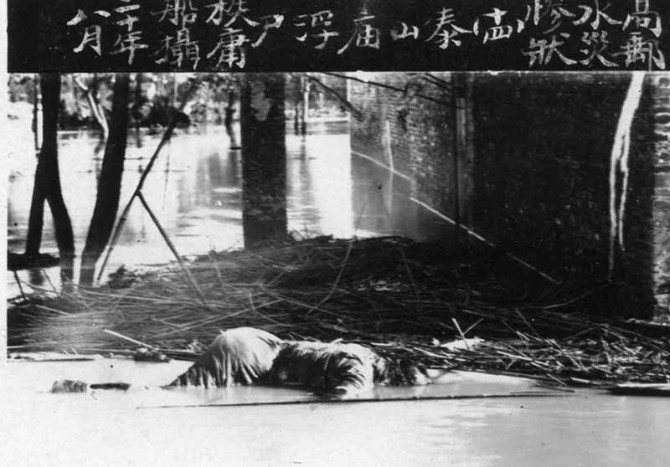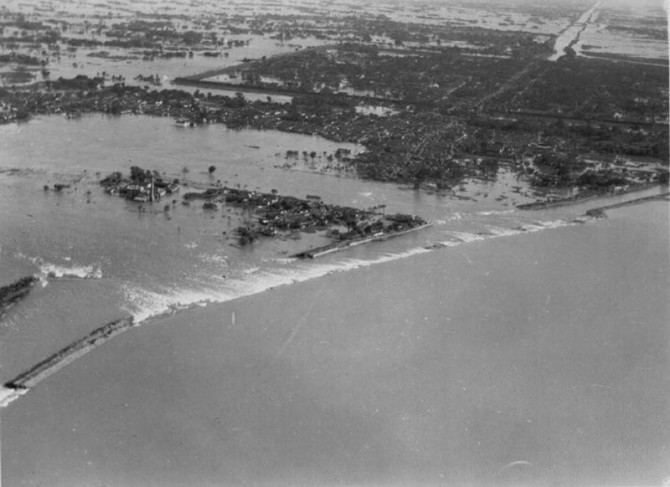All three of China’s main rivers, the Yangtze, Hwang and Hwai, all burst their banks and ran free. The capital city at the time was Nanjing which sat on an island surrounded by flood planes. So it was screwed. Millions died in Nanjing by drowning or from waterborne diseases such as cholera and typhus.

As food washed away with the bodies, people reached the bleakest depths of desperation. The residents sold their wives and daughters for food and there were multiple reports of people resorting to infanticide and cannibalism.

By August 1931 some rivers were 53 feet (16 metres) higher than normal. On the 25th August, water rushing through the Grand Canal drowned as many as 200,000 people whilst they slumbered. With most floods the waters rise rapidly and also recede fairly fast, but that wasn’t the case for China in 1931. Water was 10-15 feet (3-4.5 metres) higher than normal for up to 6 months after, so there was no respite for the struggling nation.
☛ Read Next: Cannibalism On The Rise #2 — North Korea















